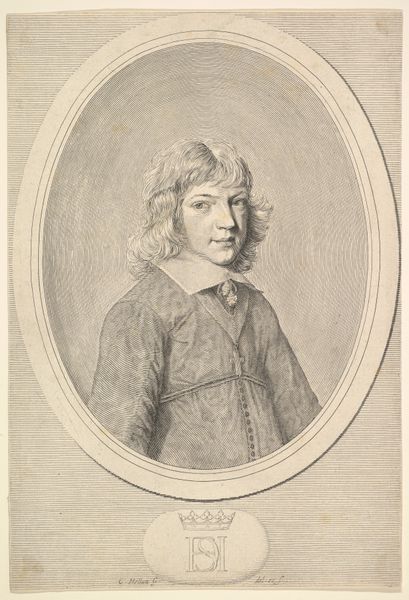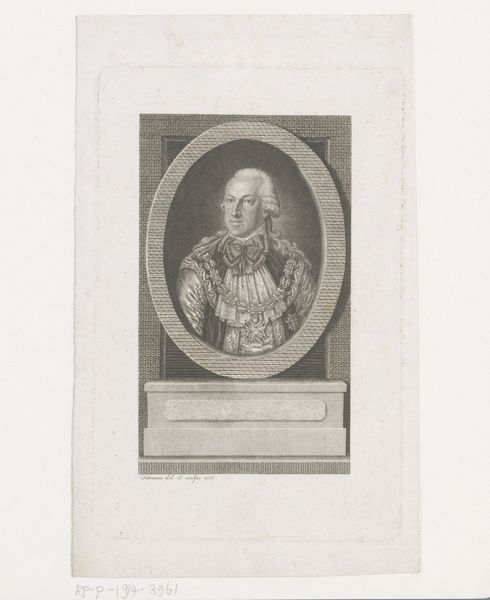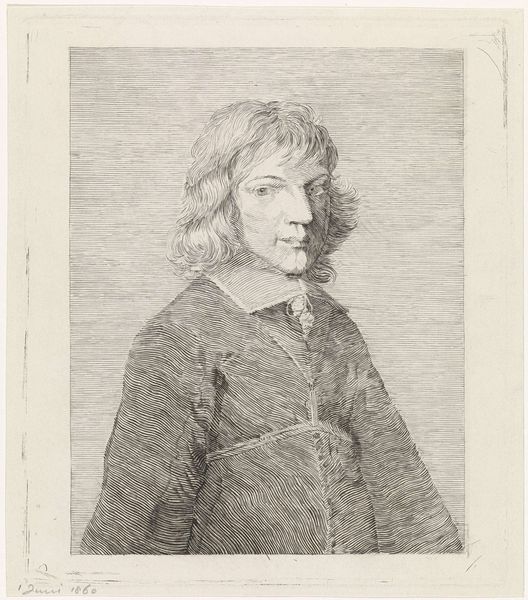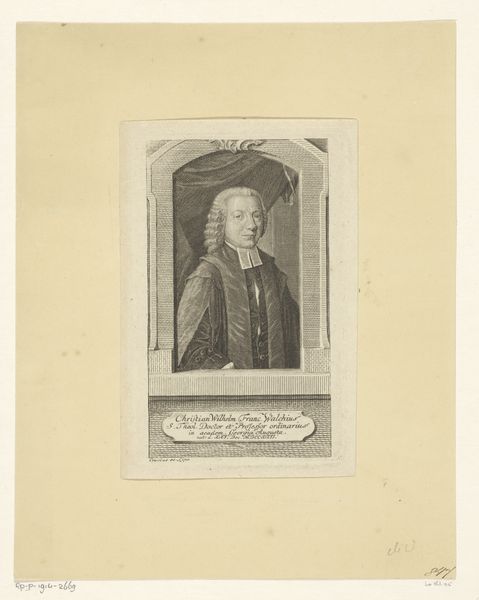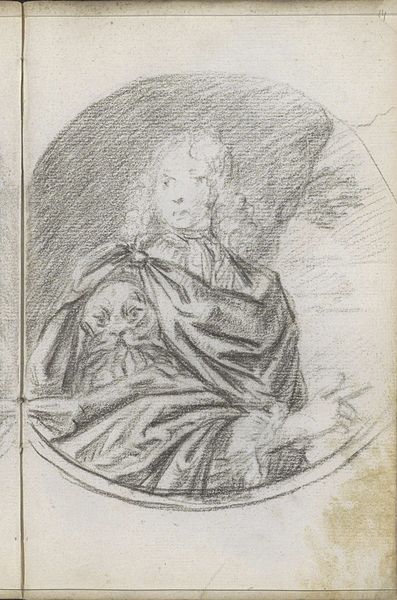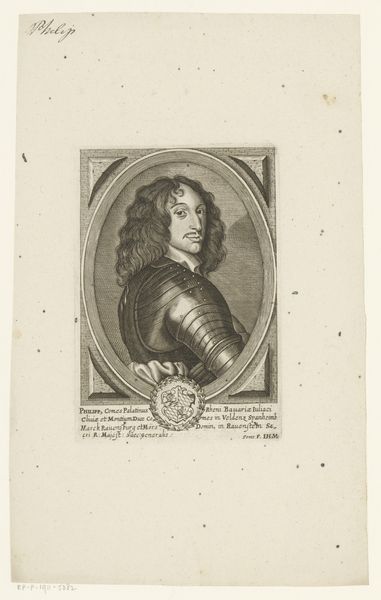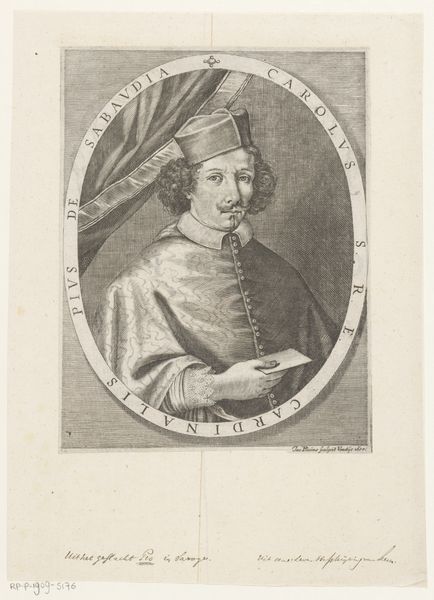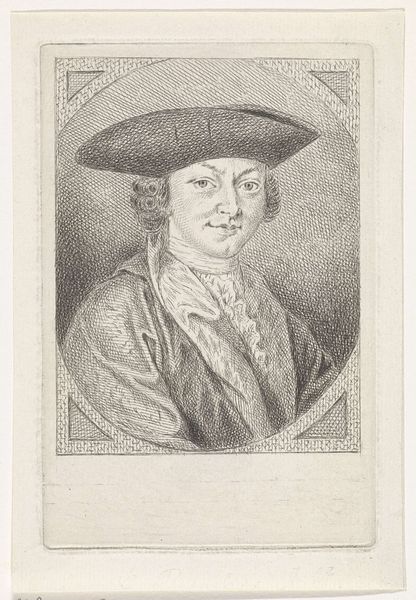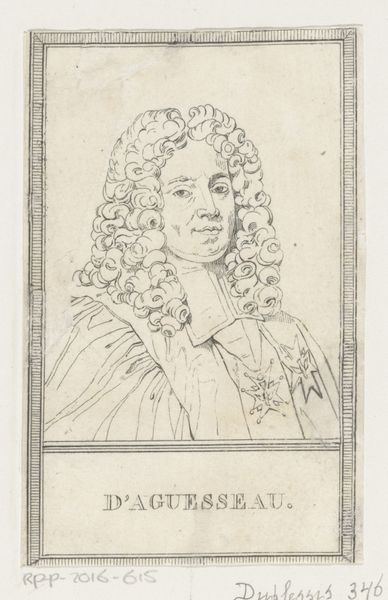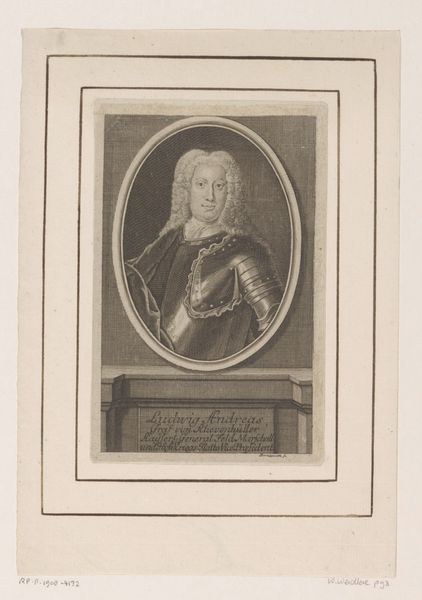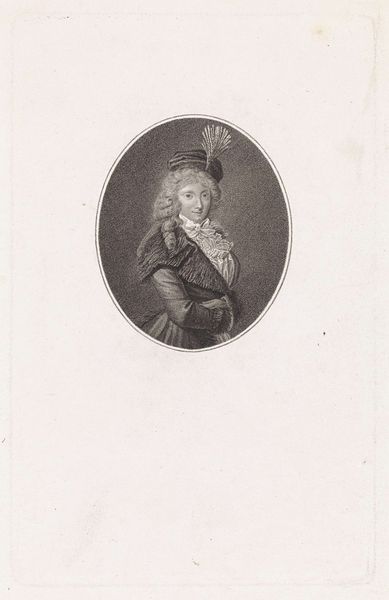
drawing, print, etching, paper
#
portrait
#
pencil drawn
#
drawing
# print
#
etching
#
pencil sketch
#
old engraving style
#
figuration
#
paper
#
pencil drawing
#
line
#
academic-art
#
realism
Dimensions: height 265 mm, width 215 mm
Copyright: Rijks Museum: Open Domain
Curator: The portrait before us, attributed to Augustin Taurel, is entitled "Portret van een jongen." It is thought to have been created sometime between 1838 and 1879, using etching and printmaking techniques on paper. Editor: The linework immediately strikes me; it's so delicate and yet creates such a strong sense of form. There's a certain melancholic mood about it, almost ethereal. The material feels very present. Curator: Precisely. Understanding the historical context of portraiture is key. Consider that portraits, during this period, served not only as likenesses but also as statements of social standing and individual identity. Who this boy was, what class he occupied, are crucial questions to consider in understanding this piece. Also consider who got to have their portraits made at all? Editor: The process itself seems crucial here, the reproductive method suggests a broader distribution, making the sitter's image available, but the very handmade quality of the etching keeps it precious, a very deliberate way to control consumption of the image. Curator: And doesn't it speak to the broader societal obsession with youth and innocence during this era? There's a certain romanticized vision of boyhood being presented here, perhaps obscuring the realities of childhood for many during a time of immense social and economic upheaval. Editor: I find myself looking closely at how the light is described purely through line density. It suggests Taurel had a command of etching. We see this reflected and reproduced en masse in publications like Harper's Weekly. This brings that question of medium back to our social interpretation: how are we democratizing, and what is being democratized? Curator: An excellent point. It brings into the conversation who benefits and whose stories are considered worth preserving and circulating. In a time of intense social transformation this type of portrait becomes about much more than representation but becomes a site where we engage questions of access. Editor: The interplay between mass production and the hand is what stays with me: etching offering accessibility but on artisanal, skilled labor. It highlights the human aspect behind material replication. Curator: The materiality allows us to view this boy outside of his circumstance. Editor: Indeed. Thinking through materials illuminates new pathways to approach history.
Comments
No comments
Be the first to comment and join the conversation on the ultimate creative platform.
